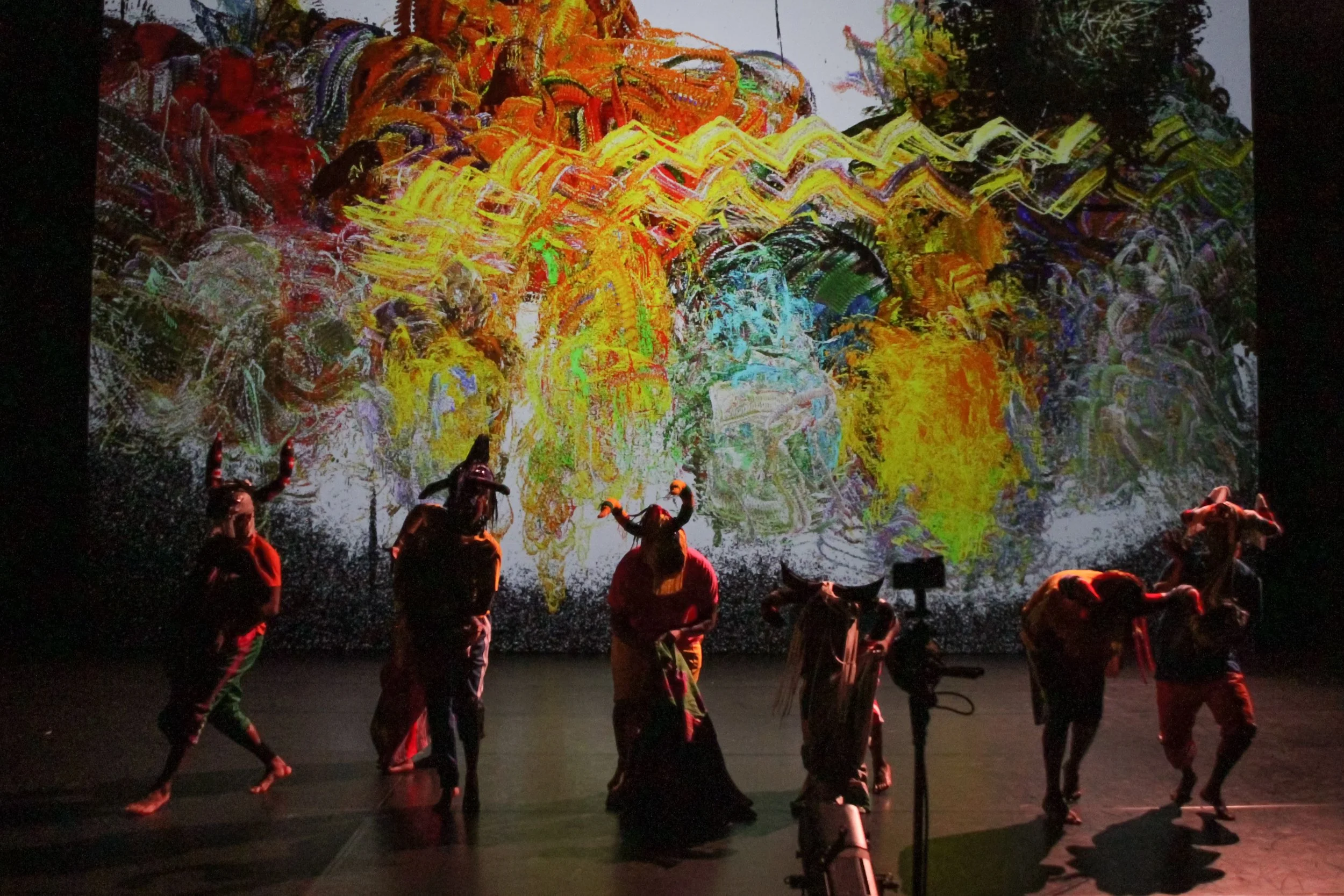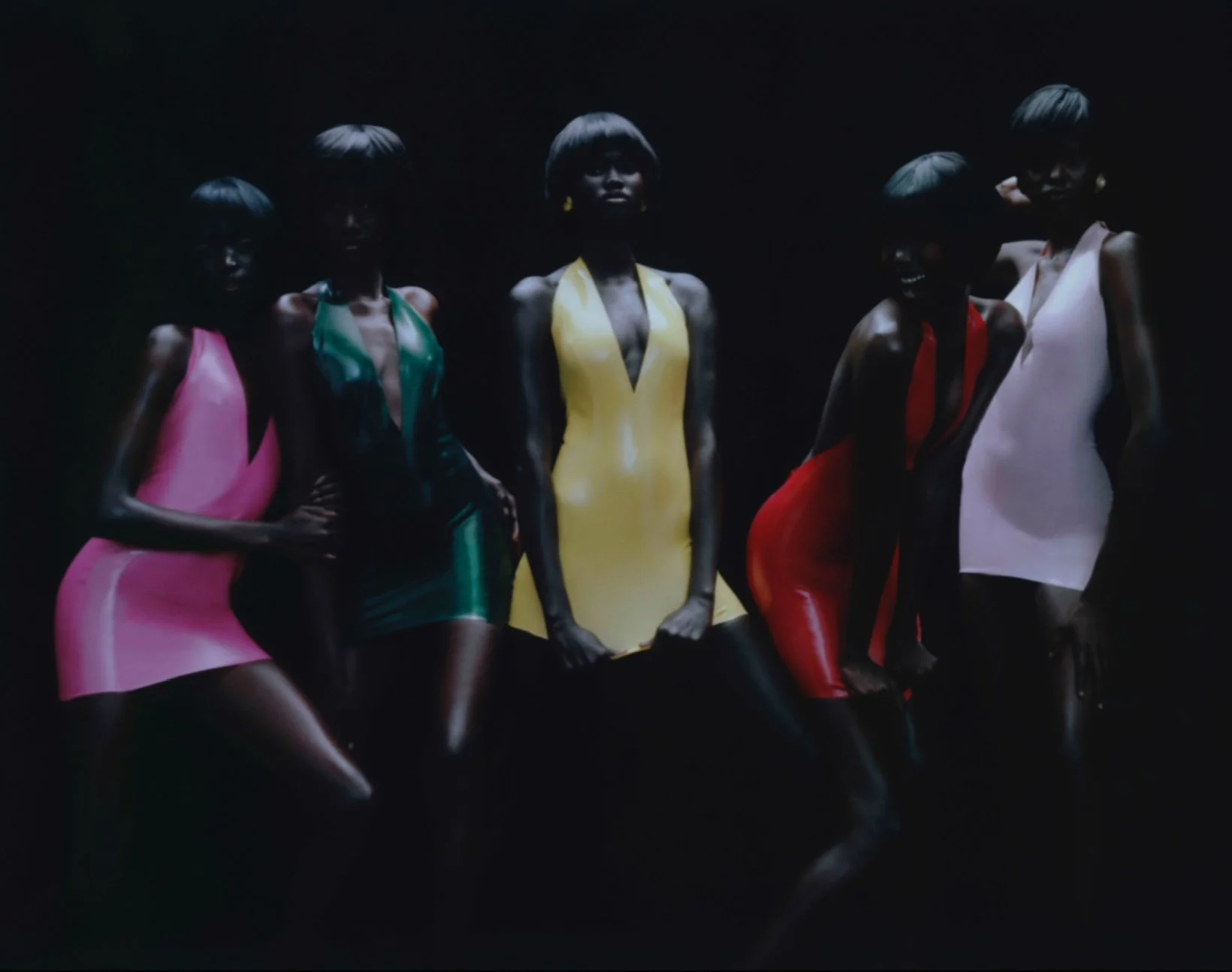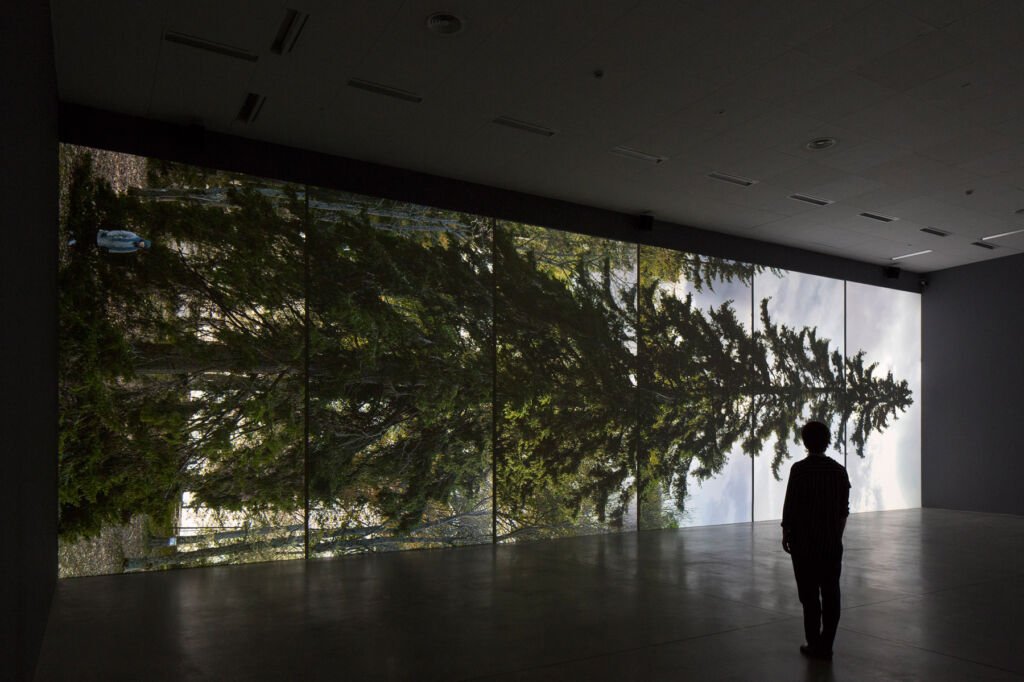Ed Atkins at Tate Britain review
“My life and my work are inextricable. How do I convey the life-ness that made these works through the exhibition? Not in some factual, chronological, biographical way, but through sensations. I want it so the more you see, the richer, more complex, less authored, less gettable things become.”
- Ed Atkins
This week Tate Britain has opened the largest UK survey exhibition to date of British Contemporary Artist Ed Atkins (b. Oxford, 1982) featuring works from the last 15 years. Atkins is best known for his computer-generated videos and animations which form the core of his work. The rest of his work is made up of many other media such as drawing, writing, sound, music, sculpture and collaborations with other people from computer technicians to actors. Most works are on loan from the artist and his galleries, five from the Tate’s collections, six from private collections and three from other institutions spanning eight rooms with a total of sixty works, eleven of which are moving image works.
Ed Atkins at Tate Britain © Tate Photography (Josh Croll).
As someone with little exposure to this genre of work I found this exhibition intriguing. His ability to repurpose these technologies in his art to challenge the ever-dwindling gap between the digital world and human feeling was enthralling. The exhibition carries human themes of intimacy, love and loss, which are theatrically generated and prompt a sense of melancholy.
The influence of his family weaves its way into the exhibition in touching ways from the confessional nature of a call with his mother after lockdown, to his father’s writing during his cancer journey to the mass of Post-It notes at the heart of the exhibition of miniature drawings made for his children. Atkin’s himself is present in all the works, he is performing and wearing the figures as a mask or a skin.
The wall texts introducing each room comes directly from Atkins in his own words, something I suspect visitors would appreciate as the next best thing to meeting the artist himself and I wish this happened at more exhibitions of living artists.
Ed Atkins at Tate Britain © Tate Photography (Josh Croll).
We began in a darkened room with a large-scale machine embroidered patch work of old found linen, spoiled by use, with barely visible text which I am sure is intentional, but I found myself wanting a torch and magnifying glass to be able to read the words. The text comes from Ed’s father’s diary, who’s death is an evident inspiration in his work. Throughout the show, embroideries act as material counterweights to the digital videos. Offering silence where the videos project.
Hisser (2015), a 21-minute video, is one of his first entirely computer-generated videos, inspired by reading a news story about a man in Florida who went to bed one night only for a sinkhole to open under his bedroom. The video repeats across three screens of increasingly larger size. A haunting work which brims with things Atkins wanted to exorcise. The CGI character's facial movements and speech are Atkins, recorded and mapped using rudimentary performance capture technology. Moments of song are filled with sadness which as a viewer is felt deeply. It was around this time as an artist that he started calling the characters in his videos 'surrogates' or 'emotional crash-test dummies”, coping with things he could not. Behind a glass wall is Beds (2021), a pair of (mechanical) beds with crumpled white sheets which writhe around in a ghostly way. They were first conceived for his play Sorcerer. The technology for this piece is revealed and is on display.
Ed Atkins, Refuse.exe, 2019. Tate.Purchased with funds provided by the European Collection Circle 2021 © Ed Atkins. Courtesy of the Artist, Cabinet Gallery, London, dépendance, Brussels, Galerie Isabella Bortolozzi, Berlin, andGladstone Gallery.
Blurts of audio capture your attention as you amble through the enclosed windowless exhibition. Refuse.exe (2019) is entrancing to watch and felt like the world is ending as a stream of junk falls and accumulates as a pile on stage creating a great mound - a bed, bricks, ladders, anchor, plates, cutlery, chairs. The work is generated live using a modified version of a video game engine called Unreal. It is not a recording and each run through is scripted through the video game engine hence each run is fundamentally different. The work sits opposite racks and racks of opera costumes sourced by Ed from the Deutsche Opera in Berlin when he first staged the work. The costumes are heavily soiled husks hanging limp, the actors who once wore them are long gone and all that is left is a reminder of bodies that once were which runs into his work Old Food. Amongst the costumes are a group of looping CGI videos of characters (surrogates of the artist) weeping and imploring the visitor without cause, wanting to speak but not knowing what to say. Atkins words explain that the audience completes the work as the only living bodies in the room.
Ed Atkins at Tate Britain © Tate Photography (Josh Croll).
I found the consistent thread of self-portraiture dotted throughout the exhibition striking. The drawings in red coloured pencil on paper had the ability to glow within the space and are technically impressive. We learn that it took a long time for him to reintroduce drawing into his practice. The self-loathing of his body and how he looks were placated when he viewed drawing purely as a thing to copy, and found he could stare at himself comfortably for hours. In a way the act of self-portraiture becomes the antidote to the ever-expanding anxiety of contemporary self-identity. I found a real sense of peace and calm in many of the portraits (but obviously not the ones superimposed on a spider’s body!)
The new work, Pianowork 2 (2023), is an animated recording of Atkins playing piano and the first time he uses a computer-generated figure of his own likeness. It’s stripped back nature brings forth his love of piano which he attributes to his mother.
The Worm (2021) was borne from the pandemic. A CGI video documentary of their phone call after he hadn’t seen his mother for an extended period due to the pandemic. We only see the avatar reconstruction of him on screen in a digitally rendered TV studio resembling the famous last television interview with screenwriter and playwright Dennis Potter, recorded in 1994 two months before he died of cancer, an uncanny way to indirectly referencing his father’s death. His mother is just a voice at the other end of the phone, (the quality of the sound here is excellent and serves to enhance her presence even though she is not physically present). The work cleverly reflects something we all felt deeply during Covid-19 lockdowns when we were not always able to be physically present with people we cared about. Her confessional tone does, at times, make you feel you are eaves dropping on something deeply personal, but our human nature will love this “listening in” on someone else’s call. She talks about her relationship with her mother and the inheritance of perceived unlovability. The title “worm” is a nod to these feelings which can be passively bored through generations.
Ed Atkins at Tate Britain © Tate Photography (Josh Croll).
In a Guardian interview Atkins is on record saying “A received wisdom is that having children is maybe the end of something,” Atkins says, “but my best work has all been made since I had children.” Children (2020-ongoing) ia a room of framed grids of touching drawings on Post-it notes which began during the Covid 19 pandemic. They began as additions he would place in his daughter’s lunchbox and were often the only things he would make in a day as it was a time when all future projects were postponed. The designs are colourful desirous, improvised and expedient, with a smattering of “I love you’s”. The room full of the Post-its is an altogether light and joyous space where Atkins had complete freedom in the expedient informal making or these drawings.
Though the works are at times obscure there is an autobiographical flavour throughout. It is not always necessary to see the works from start to finish and can be experienced coming in and out. At times I found myself moving back and forth through the rooms unintentionally making connections between the works, drawn to see more, investigate details, and explore the emotional sensations they evoked – all despite knowing that what before me was not real. For visitors it is worth taking extended moments of being still in each room and letting yourself be immersed in whatever comes your way, be it visually or aurally and see what feelings and emotions bubble up. It is all very thought-provoking stuff.
Nurses Come and Go, But None For Me, 2025. © Ed Atkins and Steven Zultanski.
An exhibition that reimagines the messy reality of life ends with a feature length film, which, I jest, should come with a trigger warning if you have experienced any kind of recent loss of a loved one with a terminal illness. Nurses come and go, But None for Me (2024) is by Ed Atkins and Steven Zultanski, poet & critic. The film is essentially a reading in a living room in front of a small audience read by actor Toby Jones of his father’s diary in his last six months being treated for cancer. The diary entries fluctuate between banal observations and humour, thoughts of what his illness is taking away from his loved ones, to experiencing a living funeral, pain, anger. Loved ones dying is a universal experience making the film an emotional and extremely touching watch and had one visitor sobbing silently as the credits rolled.
I highly recommend saving time to see this two-hour long film in its entirety. Your ticket will allow you to come back on the day to view the film if you need a break.
Lastly, is a reading area as you depart with the exhibition catalogue, books important to Atkins, books used for the exhibition’s research and Atkins’ recent publication Flowers, a memoir, 89 pages long and written as one long paragraph of observations, revealing likes, anxieties, routines- challenging what people qualify as worth telling. If his father’s self-titled “Sick Notes” are anything to go by I am sure Flowers would be a worthwhile read.
Date: 2 April - 25 August 2025. Location: Tate Britain is Millbank, London, SW1P 4RG. Price: £18 / Free for Members. Concessions available. Book now.
Review by Natascha Milsom









































The Cinnamon Club had completely flown under the radar for me. It is in a pocket of London I rarely visit, and even if I did, the building’s exterior gives little indication of what’s inside. But now that I’ve discovered it, I already have plans to return with my husband - and in my mind, a list of friends I would recommend it to…